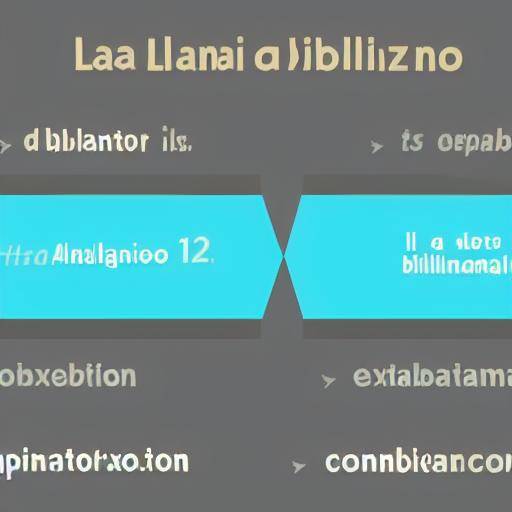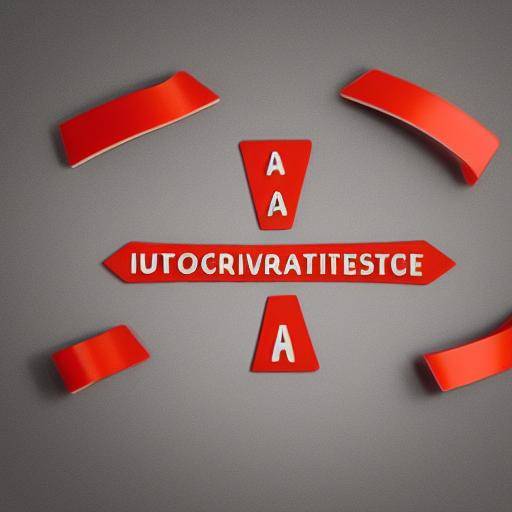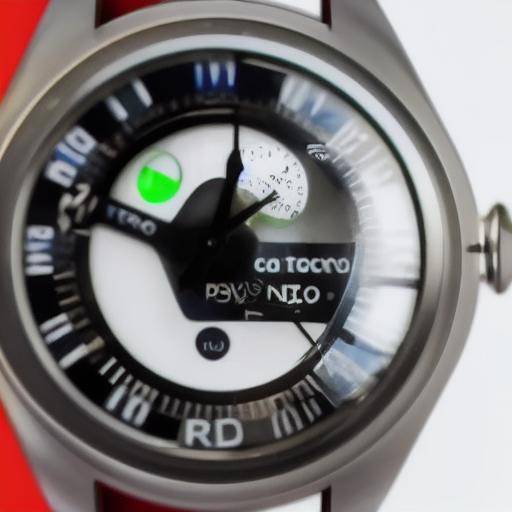
Teamwork is fundamental in the current world of work, but it can often be difficult to maintain high levels of productivity and efficiency when working together. This is where the Pomodoro team technique, combined with solid time management, can make the difference. In this article we will explore in detail how to apply the Pomodoro technique in teamwork, its benefits, challenges and how to improve collaboration and productivity through effective time management.
Introduction
Teamwork is an essential part of modern business culture. However, collaboration can often become chaotic and disorganized, adversely affecting the efficiency and quality of work. This is where the Pomodoro technique comes into play, a time management methodology that not only improves individual productivity, but can also improve the performance of the team as a whole.
History and background
The Pomodoro technique dates back to the 1980s, created by Francesco Cirillo. The term "Pomodoro" derives from the tomato-shaped cooking schedule that Cirillo used when developing the technique. Since then, the technique has evolved and adapted to different contexts, including teamwork.
Over the years, Pomodoro has proven to be effective in improving concentration, reducing procrastination and increasing individual productivity. However, their application in collaborative work environments has been the subject of debate and experimentation.
Detailed analysis
The Pomodoro team's technique presents several benefits, such as improving collective concentration, promoting focused collaboration and creating time intervals for reflection and exchange of ideas. However, it also poses problems, such as the synchronization of pauses, the coordination of tasks and the adaptation of the methodology to the dynamics of teamwork.
It is essential to understand that, if properly applied, the Pomodoro team technique can be a powerful tool to improve collaboration and time management in complex and dynamic environments.
Comprehensive review
In applying the Pomodoro equipment technique, it is essential to establish a clear and flexible framework that adapts to the specific needs of the equipment. This may include the assignment of functions, the definition of objectives and the implementation of collaborative time management tools.
The use of time management tools, such as Pomodoro equipment applications, is another effective strategy to organize and synchronize the team's efforts. These applications offer functions to schedule work and rest intervals, follow individual and collective progress, and facilitate communication and collaboration during working sessions.
Comparative analysis
By comparing Pomodoro technique with other time management and collaboration approaches, it is clear that each methodology has its strengths and weaknesses. While the Pomodoro team's technique is effective in managing time and promoting collective concentration, other approaches can prioritize flexibility, creative freedom or adaptation to long-term projects.
Accessible practical advice and advice
When implementing the Pomodoro technique on the team, it is recommended to establish clear guidelines, such as the length of work and rest intervals, how to handle unexpected interruptions and how to evaluate the performance of the team. In addition, it is crucial to foster a culture of constructive feedback and adjust the technique based on feedback and the evolution of the needs of the team.
Conclusions
In short, the Pomodoro team technique can offer enormous benefits in terms of improving the concentration, collaboration and effective time management. By understanding their applications, challenges and benefits, teams can optimize their collective performance and achieve higher levels of productivity and job satisfaction.
Frequently asked questions
1. Does the Pomodoro team's technique interrupt the fluidity of teamwork?
If properly implemented, the Pomodoro team's technique does not interrupt the fluidity of teamwork, but rather improves by establishing focus and rest intervals that optimize productivity and collaboration.
2. How to adapt the Pomodoro technique to the team with different working rhythms?
It is important to relieve the duration of work and rest intervals, as well as allow individual adjustments, adapt the Pomodoro technique to the different rhythms and working styles within the team.
3. How to measure the effectiveness of Pomodoro technique on the team?
The effectiveness of the Pomodoro equipment technique can be measured by indicators such as productivity, quality of work, team satisfaction and ability to meet established deadlines.
4. How to promote collaboration during rest intervals?
During pauses, collaboration can be encouraged through informal discussions, exchange of ideas and team-building activities that reinforce relations among team members.
5. Is Pomodoro equipment applicable to all types of projects?
Although the Pomodoro equipment technique can be adapted to most projects, it may not be optimal for projects that require a constant focus for long periods of time, such as creative tasks that involve deep and prolonged immersion.
6. How to approach the resistance to change by implementing the Pomodoro technique in team?
It is essential to communicate the benefits of the Pomodoro team, provide training and support to team members and be open to feedback-based adjustments and individual needs.
Conclusion: The Pomodoro team offers an effective approach to improving collaboration and time management in collaborative work environments. By understanding their applications, challenges and benefits, teams can optimize their collective performance and achieve higher levels of productivity and job satisfaction.
By implementing the Pomodoro technique in a coherent and adaptive way, the teams can experience a positive transformation in the way they collaborate, manage their time and achieve their objectives. With due care in the implementation and willingness to adjust the focus according to the needs of the team, the Pomodoro team technique can become a valuable tool to improve collaboration and achieve exceptional results.






















































